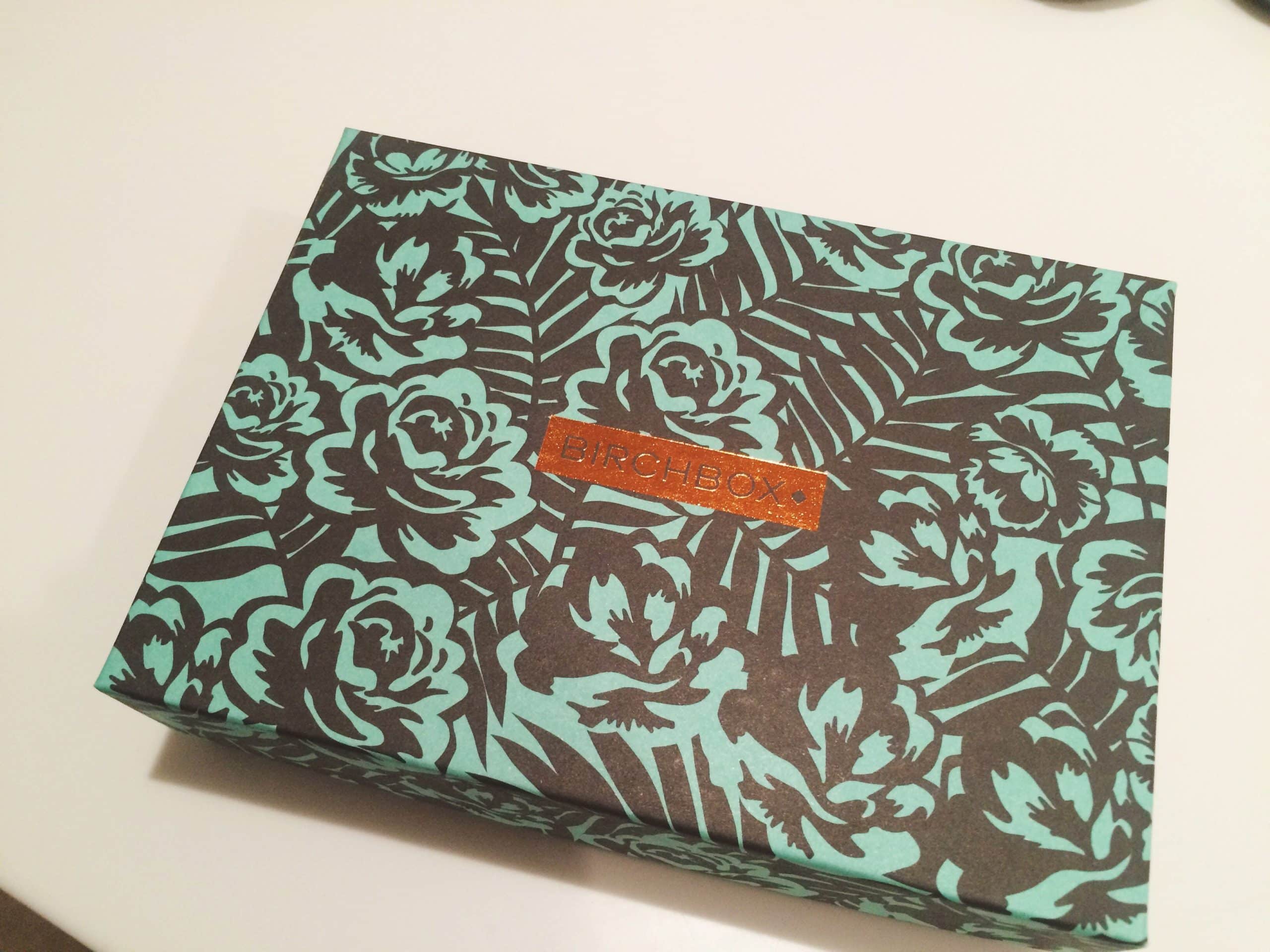
The Keys to Subscription Box Success: Convenience and Curation
When I was a teenager in the 1980s, one of my most significant purchases was an amazing record collection offered by Columbia House Records. For a penny, plus shipping and handling, I could get 11 of the hottest albums of the day - J. Geils Band, Foreigner, REO Speedwagon, Journey, etc. The only catch was that I agreed to buy a certain number of albums at full price over the course of my membership. ...
HELLO!
This premium article is exclusively reserved for Subscription Insider PRO members.
Want access to premium member-only content like this article? Plus, conference discounts and other benefits? We deliver the information you need, for improved decision-making, skills, and subscription business profitability. Check out these membership options!
Learn more about Subscription Insider PRO memberships!
Already a Subscription Insider PRO Member?
Please Log-In Here!
- Filed in News, Product Development, Subscriber Only








